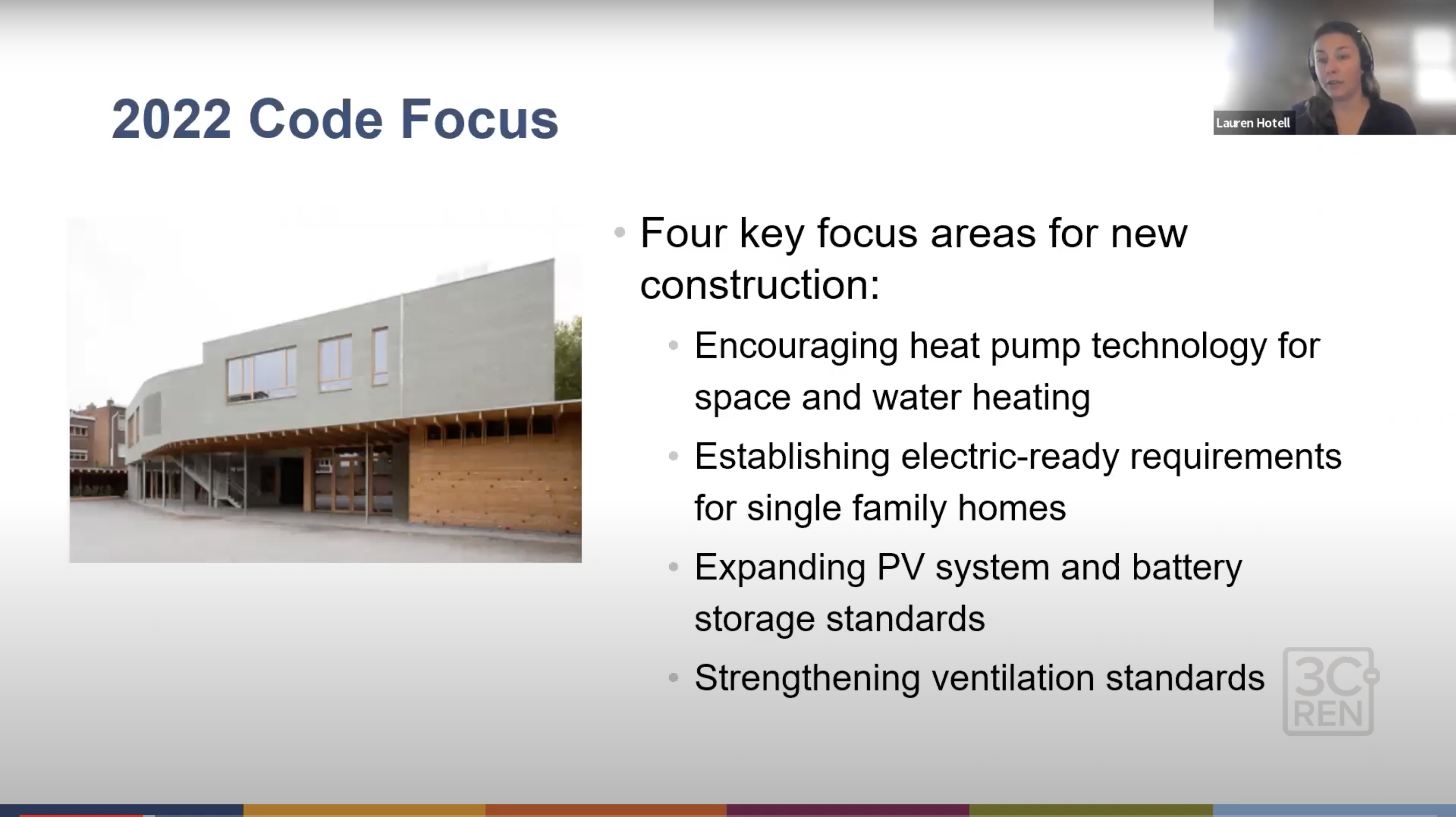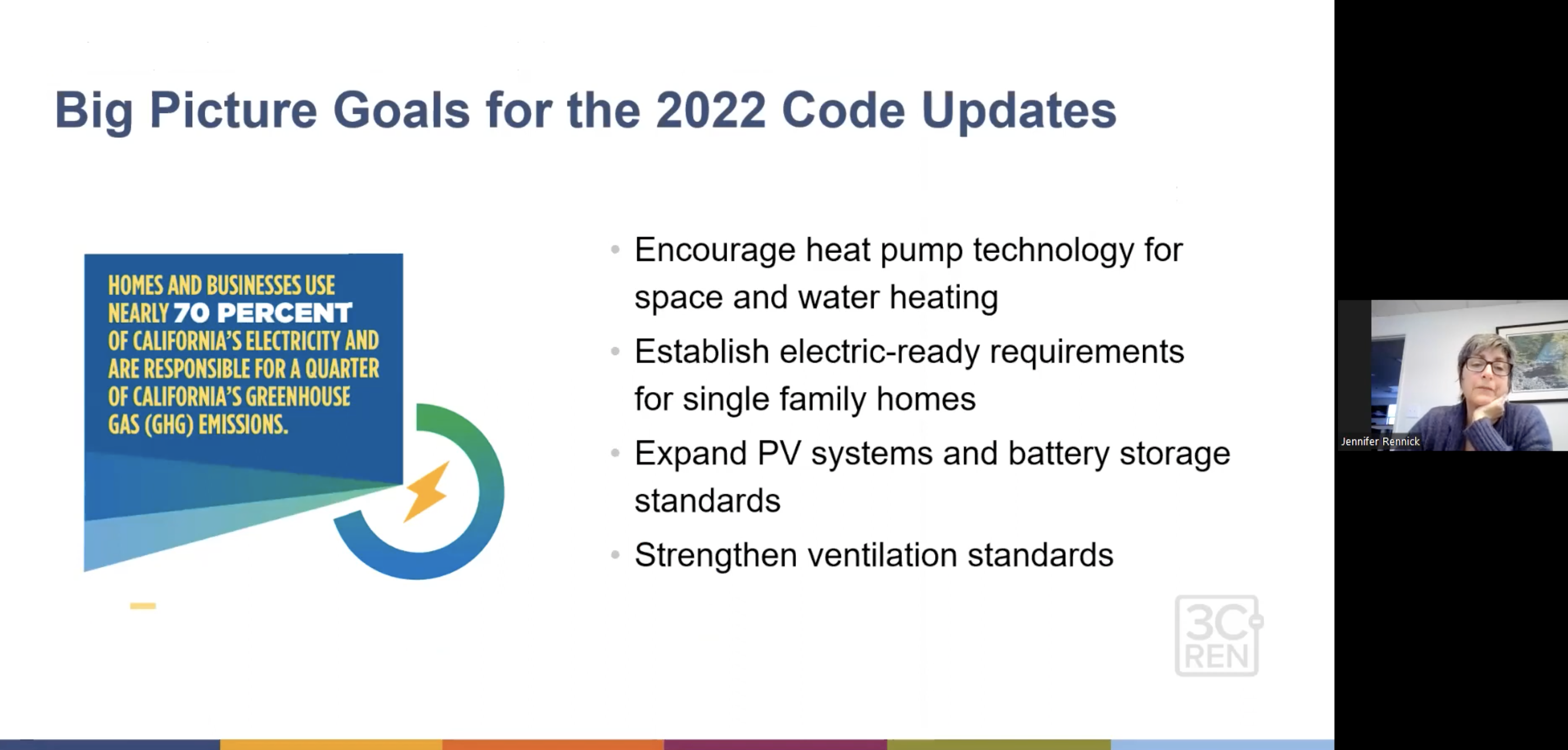The Value of Becoming a Certified Energy Analyst (CEA)
With California being at the forefront of energy efficiency and having one of the most stringent building energy codes in the country, documenting and verifying compliance with these standards has become increasingly more complicated.
Since energy saving goals set by the State largely depend on compliance with the Energy Code (Title 24, Part 6), accurate analysis and documentation is necessary to ensure these goals are achieved.
The new construction market in California predominantly utilizes the performance approach for analyzing and documenting compliance, which requires a special set of skills to accurately model projects using State approved software.
Currently, there are no requirements for individuals to obtain special training, or to be certified to prepare compliance documentation.
Join us as we explore the role and responsibilities of a Title 24, Part 6 energy consultant, benefits of becoming a Certified Energy Analyst (CEA) and the steps it takes to become certified.
This presentation will also focus on the importance of accuracy when it comes to energy modeling and what’s currently being done to increase the value of the CEA Program.
Learning Objectives:
- Understand the role and responsibilities of documenting compliance with California’s Energy Code (Title 24, Part 6).
- Understand the benefits, pathway and minimum qualifications of becoming a Certified Energy Analyst (CEA).
- Understand the importance of accuracy of energy modeling for compliance with the Energy Code.
- Understand what’s being done to elevate the role of a CEA similar to that of a HERS rater, or Acceptance Test Technician.
- Date: April 5, 2022
- Instructors: Brian Selby, CABEC
- Categories: Title 24
- Presentation: Slide Deck





